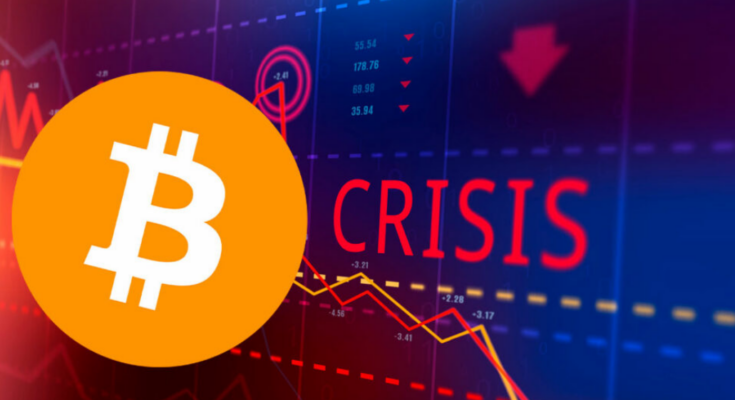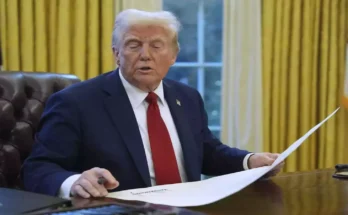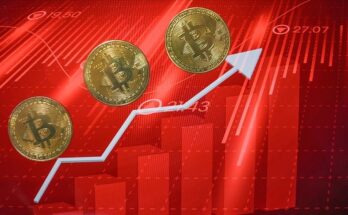In the midst of geopolitical tensions and uncertain US elections, the market capitalization of cryptocurrencies dropped 2.2% on Tuesday to $2.34 trillion. The market as a whole fell when Bitcoin, the queen of cryptocurrencies, fell below $67,000.
The cryptocurrency market is impacted by election uncertainty.
Concerned about the unpredictable results of the U.S. presidential election, cryptocurrency investors heavily liquidated their holdings on Wall Street this Tuesday morning.
The close race between Vice President Harris (36.2%) and former President Trump (63.5% likelihood, according to Polymarket) is causing widespread risk aversion. For the time being, big investment funds are choosing more conventional safe havens over erratic assets like cryptocurrencies.
This anxiety is exacerbated by the candidates’ divergent views on industry regulation. Trump publicly expresses his support for cryptocurrencies, but Harris keeps a vague stance despite a few upbeat remarks. Institutional investors are drastically cutting back on their exposure to the cryptocurrency sector in response to this regulatory uncertainty.
Due to a massive panic selling wave, trading volumes on key platforms have skyrocketed, hitting $157 billion in a single day.
The Fed dashes expectations of a change in policy.
The financial front is the second element influencing prices. In contrast to market forecasts that called for rate decreases as early as spring, the most recent remarks from Federal Reserve members point to a sustained maintenance of interest rates at their current level.
The dollar and bond yields, two factors that have historically had a negative correlation with cryptocurrency assets, are mechanically strengthened by this view. Thus, the 10-year yield hit a high not seen since 2007 this morning, surpassing 4.5%.
In light of this new paradigm of consistently high rates, crypto fund managers are modifying their positions and advocating short-term caution.
In conclusion, the market’s continued susceptibility to conventional macroeconomic and political issues is demonstrated by the recent correction. In the upcoming weeks, this negative trend might only be reversed by the Fed changing its tone or clarifying the electoral environment.



